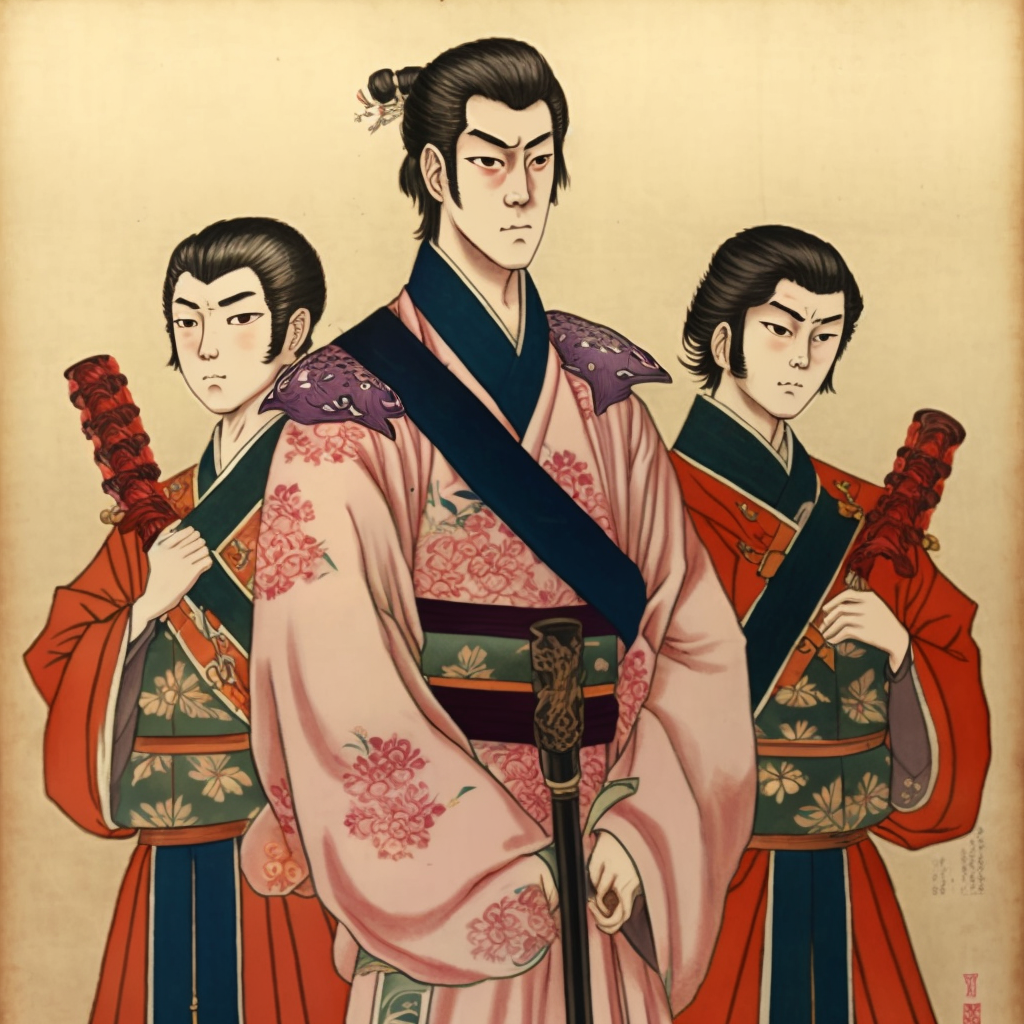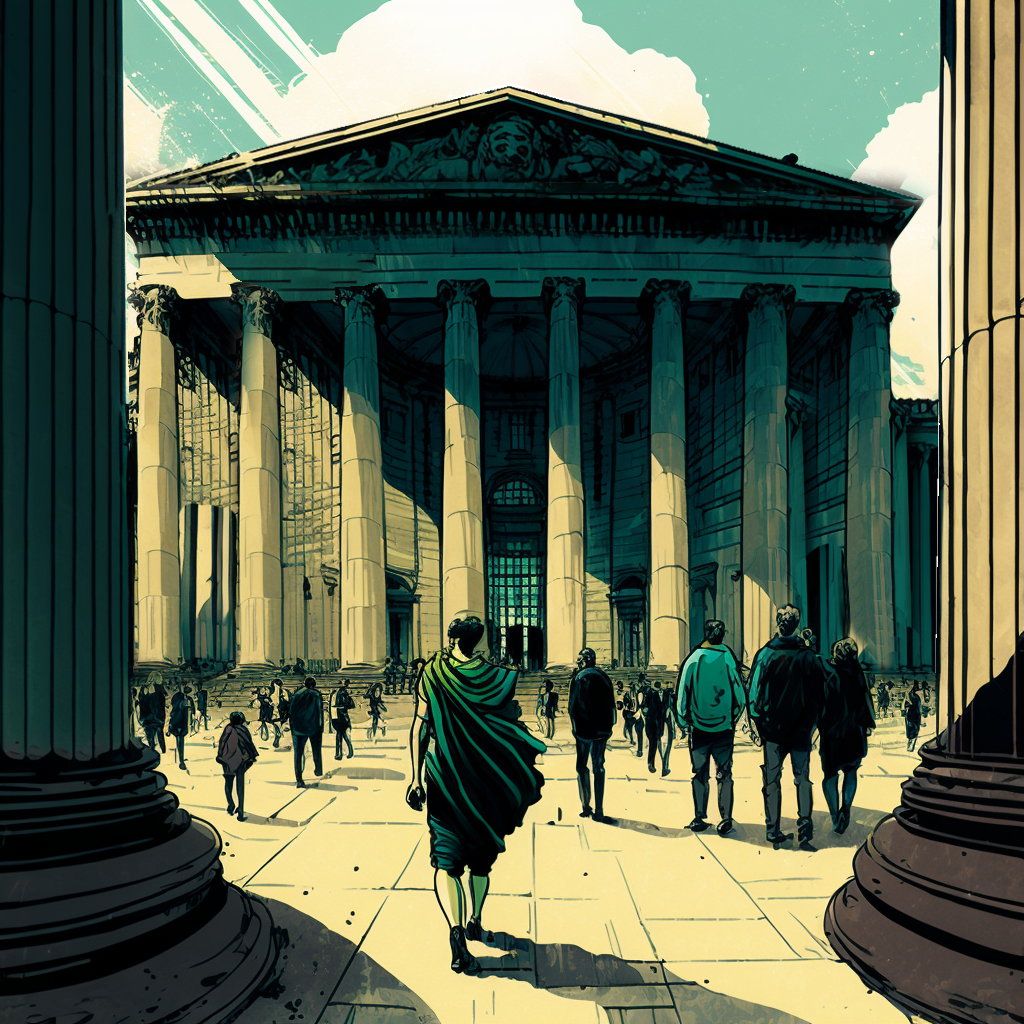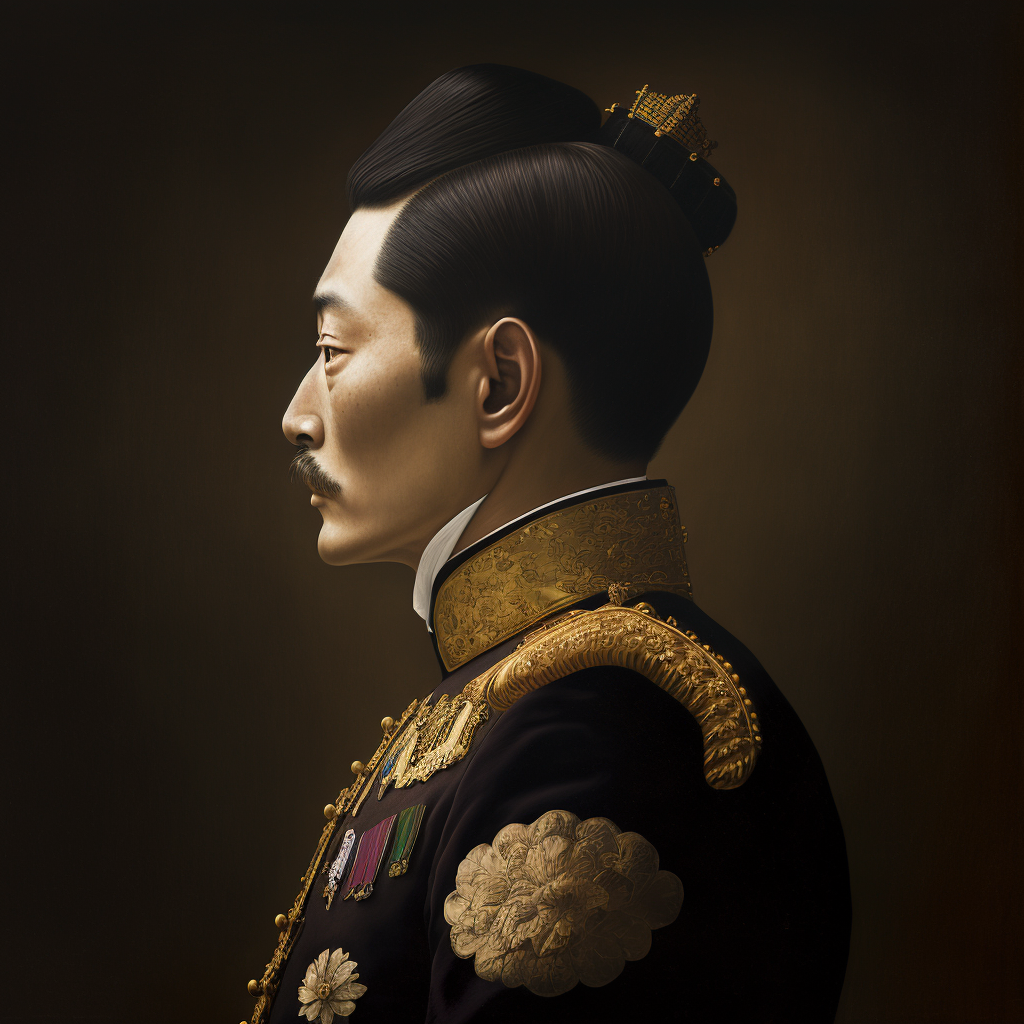Around 300 CE, the start of the Yamato Empire (300-710)
Protohistoric Period (300-710): During this period, local tribes united under the centralized power of the Yamato Empire.
The Kofun period
The Kofun period is a subdivision of the Yamato period. It corresponds to the period extending from the 3rd century to the middle of the 6th century. This period begins with the invasion of riders from Korea, who will gradually conquer part of Japan and create the first Japanese state: Yamato. This company will establish itself definitively and give the cultural bases of Japan. This era is characterized by the “Kofun”, gigantic tumuli in the shape of a “keyhole” where dignitaries and warlords were buried. It was during this period that Shinto, the characteristic religion of Japan, was born.
The state of Yamato grows quite quickly, quickly annexing all the other tribes already there. From 450, all of Japan (except the North) and part of South Korea are subject.
The Asuka period
The Asuka period starts from 538 and ends in 710. This period owes its name to the village of Asuka where emperors sometimes set up their capital. Indeed, they often moved it. According to most historians, 538 is the year Buddhism was officially introduced to Japan. In 594, Prince Shotoku Taishi imposed it as the state religion and also laid down in 604 the moral and legal principles of the Japanese state.
Influenced by China, whose cultural influence extends to all of Asia, Japanese rulers will adopt the characters of writings, religion and administration.
In 701, the De taiho Code was promulgated (revised in 718). It regulated the role of Japanese civil servants (recruitment, promotion, remuneration) and penal rules. Although the effectiveness is only real during the 2 and 3 centuries that will follow, the Taiho code will be applied until the beginning of the Meiji era, it will then be abolished, putting an end to this feudal system of organization of the Society.
Focus on Sakai’s Kofun
Sakai Kofun is an archaeological site located in Sakai, Osaka Prefecture, Japan. It is a massive tomb built during the Kofun period (3rd century to 7th century). The Kofun are monumental tombs built for the leaders of the Yamato dynasty who ruled Japan during this period.
The keyhole-shaped Sakai Kofun is considered one of the largest kofun in Japan, measuring nearly 500 meters in length. It is also known for its earthen walls and tumuli (man-made hills), which were built to protect the tomb.
Excavations have revealed many valuable items buried with the deceased, such as gold objects, pottery and weapons. The objects discovered in the Sakai Kofun have allowed archaeologists to learn more about the daily life, religious beliefs and culture of the Yamato Dynasty era.
The Sakai Kofun is now a protected historic site and is open to the public for tours. It is considered an important testimony to the history and ancient culture of Japan.



